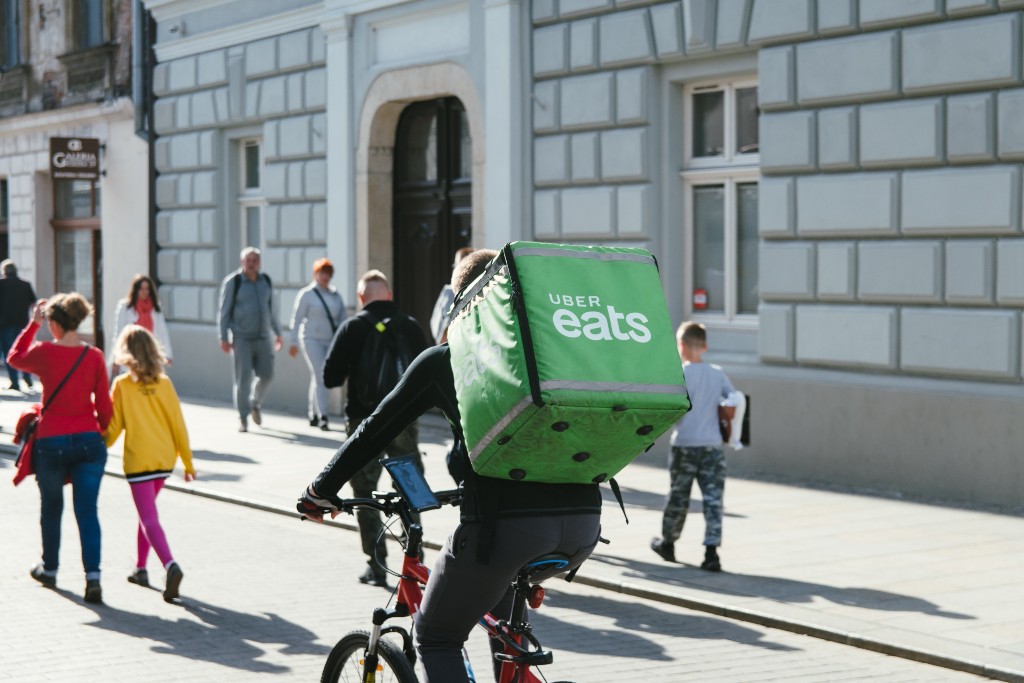This article is authored by Bettina Schaller, President of World Employment Confederation and Senior Vice President and Head of Group Public Affairs at The Adecco Group. For anyone interested in how governments intervene in labour markets, the pandemic has offered much to analyse. Usually it takes years for interventions to unfold, and it is challenging to link cause and effect. It has been possible to track impacts of Covid measures much more quickly and clearly. At the Adecco Group, we have been closely tracking the course of the pandemic and the economic recovery across 20 countries. Here are eight key lessons from our latest analysis.
1. Countries that invested most did bestIn general, we found that governments that invested most in supporting labour markets saw the best results in terms of minimising unemployment and returning more quickly to growth. Singapore, USA, Australia, New Zealand and Canada invested most in “above the line” support – public spending or tax reductions – and enjoyed the strongest economic recoveries.
2. Saving lives saves the economyAt the time of our analysis – which concluded just before the emergence of the Omicron variant – three countries stood out for how well they had handled the pandemic overall, encompassing both health and economic impacts: South Korea, Australia and New Zealand. In all three cases, the strong economic performance is rooted in their success in minimising infection. South Korea, in particular, shows that when the health situation is well controlled, economic support can be targeted efficiently: it performed well despite spending just 6.4% of GDP – a quarter of the amount spent in some other countries, such as the USA.
3. Border controls were the key lockdown measureCounter-intuitively, our analysis found no clear link between the stringency of lockdown measures and the impacts of the virus, with one exception: border controls. However, we believe this finding may have only limited use for the future, for two reasons.
First, it is harder for countries with land borders to control movement of people: it is no coincidence that South Korea, Australia and New Zealand are all islands. Second, there is overwhelming evidence from before the pandemic that cross-border mobility of talent boosts economies, so border controls may quickly become counterproductive. Already many countries are seeing labour shortages linked to pandemic-related restrictions on movement.
4. Diverse policies to support businesses and workers were effectiveIn the countries we analysed, measures to support businesses included credit, subsidies, tax exemptions or deferrals, support for sick leave, and short-term work compensation schemes – through which the government would pay part or all of a worker’s salary, in return for the company keeping the worker employed. Measures to support individuals included access to sick pay, unemployment benefits, and direct financial support. When we looked at which specific measures seemed particularly efficient, the evidence pointed to short-term work compensation schemes. But there is no single right answer: the US focused more on business support while Australia focused more on individuals, and both did well.
5. Self-employed and agency workers need supportAt the Adecco Group, we have been calling attention for years to how many worker support programmes fail to cover the growing number of people who are self-employed, freelance, agency workers, making a living in the gig economy or otherwise not in a traditional employer-employee relationship. Our analysis showed that, in many countries, the pandemic forced governments to take this problem seriously for the first time. We hope it leads to longer-term focus on this growing class of worker. 6. Support should be both speedy and sustained The UK ranks lowest of our 20 countries overall, despite investing one of the higher proportions of GDP – 19.3%. We found two main reasons for this. First, there was often a gap of several months between financial support being announced and money arriving in bank accounts. Second, the support was largely withdrawn earlier in 2021 than in other countries in our sample.
There is a strong correlation between speed of vaccination and economic recovery. The two ends of the spectrum are illustrated by Singapore – where speedy vaccine rollout led to strong economic resurgence – and Austria, where vaccine hesitancy held back the recovery.
8. Every rule has exceptionsNothing is straightforward, and there are outliers to the above lessons. Sweden is the third-strongest economic performer despite a lowly ranking of 16th on health outcomes. The USA also did well economically in spite of poor health outcomes. Mexico’s economy remained resilient despite negligible government support. The Covid situation can change quickly, as we saw with the emergence of Omicron. But the overall lesson for future pandemics is clear: the best way to minimise economic damage is to control health impacts, while effectively supporting workers through periods of restriction so they can be productive again as soon as circumstances allow. Read more on our latest whitepaper


